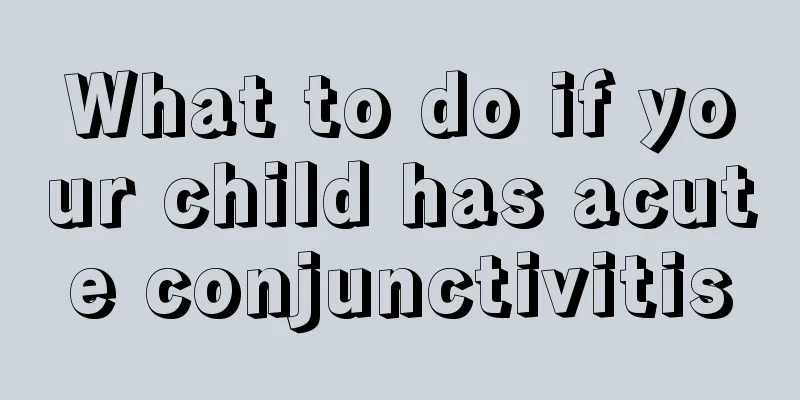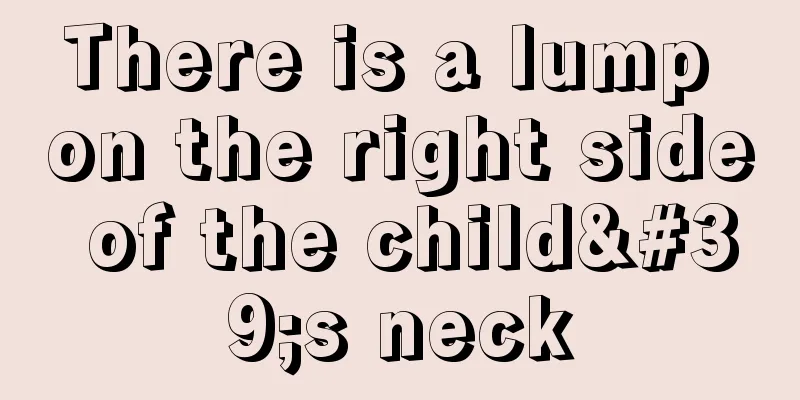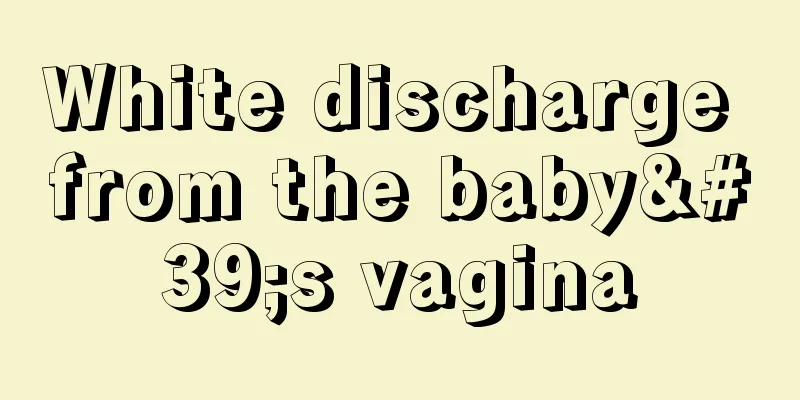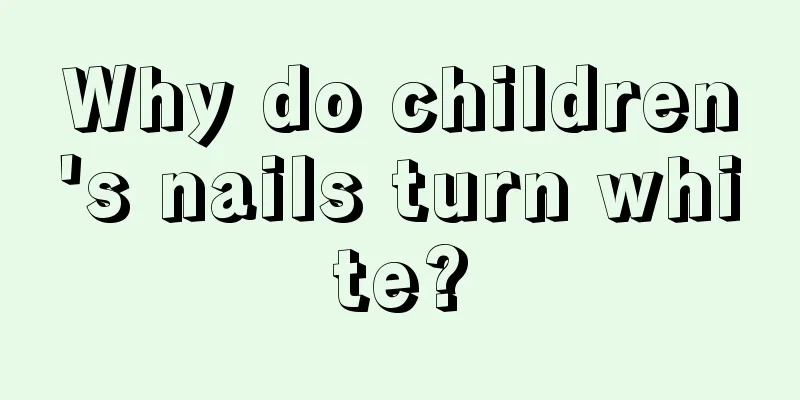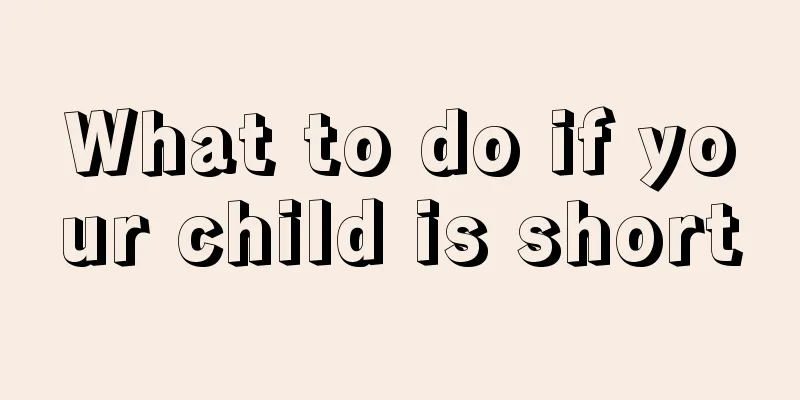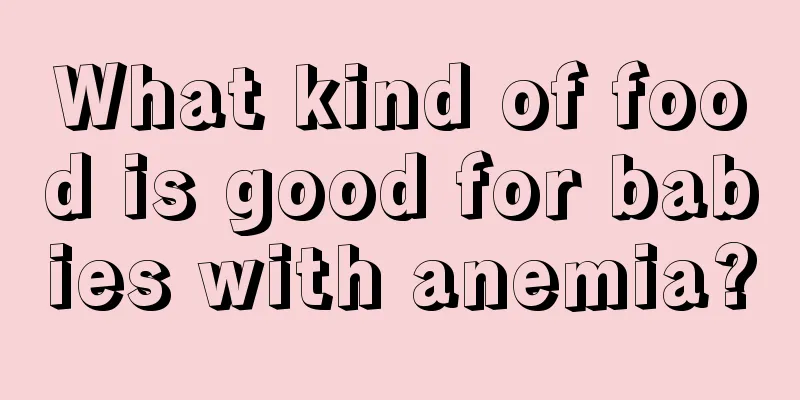How often do children change their teeth?
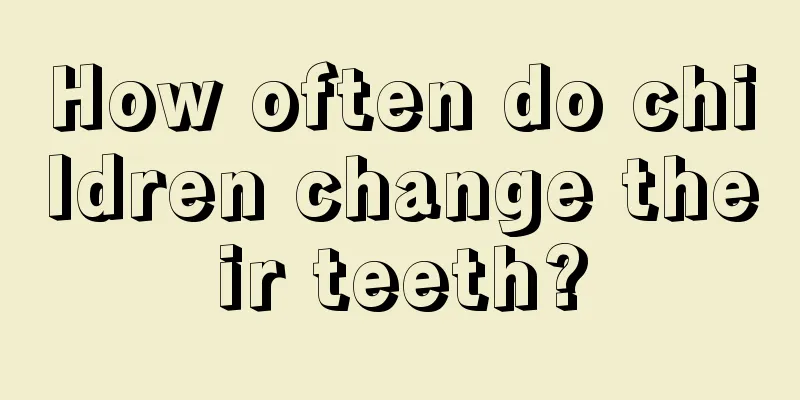
|
Babies usually start to grow full teeth between the ages of one and two, and start to replace their teeth again when they are five or six years old. The teeth that grow during this period are called permanent teeth. Permanent teeth continue to grow in a person's body until they fall out in old age. Therefore, many parents are more concerned about the issue of children's tooth replacement. For example: How many times do children usually change their teeth? How long does it take to change teeth? What should be done when changing teeth? Tooth replacement is the process of deciduous teeth falling out and permanent teeth growing in. During the growth and development process, there is a permanent tooth germ under the root of each deciduous tooth, which gradually develops and grows. During the eruption of the permanent tooth, on the one hand, it compresses the alveolar bone between the deciduous tooth root and the permanent tooth germ, and through the action of osteoclasts, the bone is absorbed and thinned until it is completely absorbed; on the other hand, it directly compresses the deciduous tooth root, causing the deciduous tooth root to gradually absorb, become shorter and shorter, until it disappears completely. Normally, at the age of 6 to 7, the deciduous central incisor (central front tooth) of the mandible begins to shake and fall out, and soon the permanent central incisor grows in this place; at the same time, the first molar grows behind the second deciduous molar. After that, the other teeth were replaced one after another. The permanent monocuspids and bicuspids can only grow out after the deciduous teeth in the same position fall out. By the age of 12 to 13, all the deciduous teeth have fallen out and have been replaced by permanent teeth. After that, permanent teeth will grow separately: the second molar will grow behind the first molar at the age of 12 to 14, and the third molar will grow after the age of 18. It is normal for some people to not have third molars. The order and timing of tooth replacement are roughly as follows: Number of teeth and time of tooth replacement 4 central incisors 6-7 years old 4 lateral incisors 8-9 years old First pair of canines 4 at 10 years old Single canine 4 11 years old Second canines 4 12 years old First molars 4 at age 6 Some parents worry about uneven teeth. In fact, after the teeth erupt, the size of the crowns no longer changes, but the alveolar bone increases as the roots continue to develop, and the jawbone also grows larger. In order to help children change their teeth more smoothly and quickly, parents should pay attention to their children's eating and living habits. When the child is about 10 years old, the front incisors and back molars have erupted, and parents can add some celery stalks, corn, apples and other foods to them to ensure a smooth tooth replacement and give the child a healthy and neat permanent tooth. |
<<: What should I do if I have congenital amblyopia or hyperopia?
>>: When is the best time for children to have teeth erupt?
Recommend
Favism diagnosis and treatment
Favism can also cause more harm to babies, so mot...
One-year-old baby has a pimple on the back of his head
Those who have babies at home know that parents a...
When is it appropriate for children to have their teeth straightened?
We all know that childhood is the fastest growing...
What fruits are good for children with indigestion?
We can eat fruits frequently in our lives. Fruits...
What are the reasons for baby tooth loss?
We all know that teeth are used to chew food, but...
What to do if your baby always wakes up at night
Most families nowadays have only one child, and a...
What is considered precocious puberty?
Some female friends will feel that their babies a...
How to treat blisters on baby's feet
If the baby has blisters on his feet, parents wil...
Why does my child cough and have a nosebleed?
In daily life, people often cough. There are too ...
Daily care for children with diarrhea after fever
I believe parents all know that many babies suffe...
What should I do if my baby has a red butt?
The baby's red buttocks may be caused by repe...
What to do if a six-year-old child gets chickenpox
After the arrival of spring, chickenpox often spr...
Six-month-old baby has fever and cold hands and feet
Since babies' immune systems are not fully de...
What to do if your baby has hard and dry poop
When babies start to eat complementary foods, it ...
Complete knowledge of baby's hearing
Nowadays, every child is the treasure of the fami...

